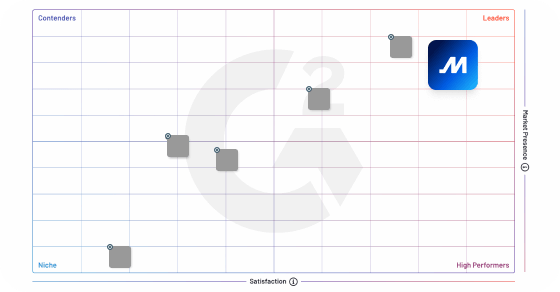Construction safety technology aims to improve safety in the transportation of goods and equipment to and from construction sites. This wide range of tools and systems is designed to help ensure safety measures are followed, reduce the risk of accidents, and promote the well-being of truck drivers and other road users.
GPS tracking and telematics play a key role in construction safety. The technology enables construction companies to track truck location and movement and monitor driver behavior to identify risky behaviors. Safety technology can also provide real-time data on fuel consumption, engine performance, and other critical metrics to enable proper maintenance of trucks and heavy equipment.
Collision avoidance systems can also support construction safety. These systems use sensors and cameras to detect objects and other vehicles in the vicinity of a truck, alerting the driver and providing automatic braking in the event of an imminent collision. This technology helps reduce the risk of accidents and ensures drivers can safely navigate construction sites and other hazardous environments.
Frequently Asked Questions
What are the four types of construction technology?
The construction industry is evolving to embrace new technologies. Four common types of construction technology used today include:
1. AI and machine learning: Artificial intelligence (AI) and machine learning can take on mundane chores, notify managers of potential risks, and help keep operations running efficiently.
2. BiM: Building information modeling which provides a digital representation of physical and functional characteristics of a building or structure.
3. Drones: Flying a drone over a site can provide accurate data without the possibility of human error.
4. 3D laser scanning: Offering the ability to scan and analyze real-world objects, laser scanning has uses for on-site surveying, mapping, project inspection, and safety.
What are the safety devices used in construction?
Safety devices commonly used in construction include personal protective equipment (PPE) such as hard hats, safety goggles, gloves, and high-visibility vests. Other safety devices include fall protection systems like harnesses and guardrails, safety signage and barriers, fire extinguishers, safety harnesses for working at heights, ear protection devices, and safety netting. These safety devices are crucial for protecting workers from potential hazards, reducing the risk of accidents, and ensuring a safe working environment on construction sites.
Onboard cameras on construction vehicles can also support driver and asset safety. A dash cam connected to AI and machine learning can identify potential hazards and alert drivers in real-time to reduce risks.
How technology is improving construction site safety?
Technology is improving construction site safety through several means. Wearable technology, such as smart helmets and vests, can monitor workers’ vitals and detect potential hazards. Drones equipped with cameras can survey job sites and detect safety risks. 3D printing enables the creation of intricate building parts off-site, reducing the need for dangerous on-site assembly. Augmented reality and virtual reality can also be used to train workers on safety procedures in a realistic and immersive environment. Smart dash cams installed on construction vehicles and equipment can help alert drivers to potential hazards and notify fleet managers of dangerous driver behaviors to support targeted training.



